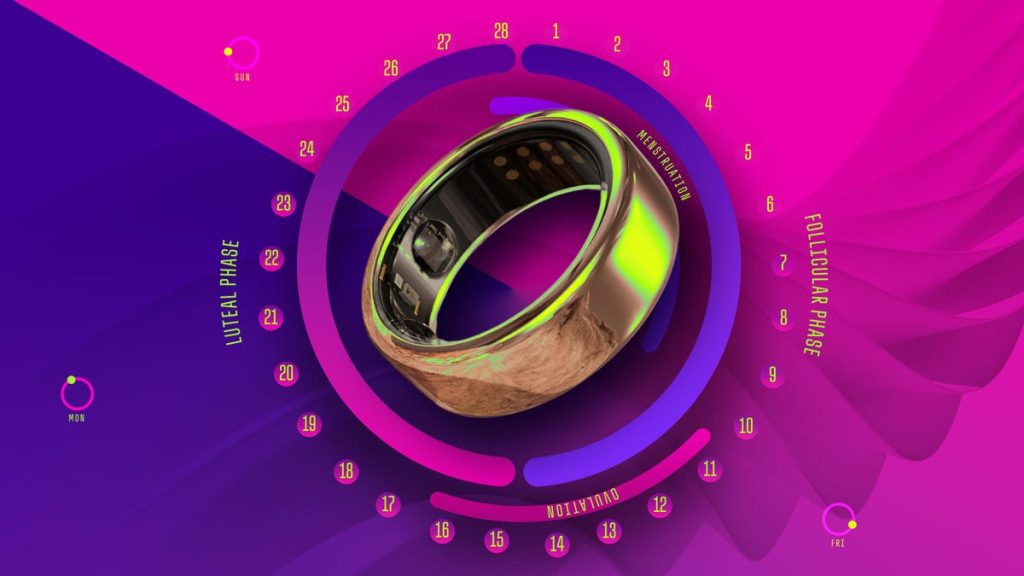The intersection of technology and wellness is evident through the emerging trend of using wearable devices to track menstrual cycles. With a growing interest in understanding the body’s natural rhythms, many individuals are turning to devices like the Oura ring to gain insights into their menstrual cycle. This shift is particularly pronounced among those who have been on hormonal birth control for extended periods and are curious about their body’s natural processes. Dr. Shaalini Ramanadhan, an expert in family planning, acknowledges the desire for people to learn more about their bodies and understand their fertility.
The use of wearables like the Oura ring in conjunction with apps such as Natural Cycles allows for more comprehensive tracking of fertility and menstrual cycles. These tools provide insights into fertile windows and can be used for both pregnancy prevention and conception purposes. However, the accuracy of these devices relies on consistent monitoring and adherence to specific tracking requirements. While these technologies offer convenience and data-driven insights, they also come with potential risks, such as inaccuracies in algorithms and concerns about data security.
The menstrual cycle serves as a vital sign that offers insights into an individual’s overall health. Big tech companies like Apple have recognized the importance of tracking menstrual cycles for overall well-being. However, there are concerns among some individuals, especially younger people, who feel they were automatically prescribed birth control without understanding the reasons behind it. This has led to a growing interest in natural cycle tracking methods and a desire for more information and empowerment regarding their own bodies.
Ovulation, a crucial event in the menstrual cycle, is a key focus of tracking efforts, as it marks the fertile window for conception. Biomarkers such as basal body temperature and cervical mucus changes help in identifying ovulation and predicting fertility windows. While wearables like the Oura ring and the upcoming Evie ring offer additional insight into menstrual health, there are limitations to their capabilities, particularly in tracking basal body temperature. The integration of wearables with fertility tracking apps like Natural Cycles shows promise in providing a more holistic approach to understanding menstrual health.
Despite the convenience and insights provided by wearable devices and fertility tracking apps, caution is advised when relying solely on technology for birth control. Fertility awareness instructors emphasize the need for additional awareness methods and highlight the limitations of algorithm-based tracking. Patient-doctor transparency and education on contraceptive options are areas that still require improvement, as individuals seek to take control of their reproductive health. The advancement of technology in this field offers new possibilities for understanding and managing menstrual health, but it also underscores the importance of informed decision-making and comprehensive care.


